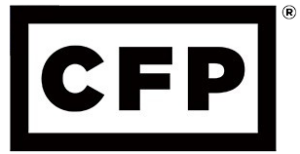If you are in a cash crunch, you might consider taking out a 401(k) loan. But before you do, you should know the rules and weigh the risks against the benefits. Because not knowing the rules and understanding the risks can hurt you and your retirement goals.
Most of us simply do not have enough in our 401(k) where we can afford to borrow. According to Fidelity Investments, the average 401(k) balance was approximately $108,200. And while that is a lot of money, it won’t cover the average retiree’s healthcare costs. Fidelity projects that a 65-year-old individual who retires in 2023 will incur an average of $157,500 in retirement healthcare costs alone.
How much can you borrow?
According to the IRS: the maximum amount that the plan can permit as a loan is
- the greater of $10,000 or 50% of your vested account balance, or
- $50,000, whichever is less.
For example, if a participant has an account balance of $40,000, the maximum amount that he or she can borrow from the account is $20,000.
Weighing the options
The benefits:
When you pay the loan back, you are paying interest to yourself because you are acting as your own bank. The interest goes back into your account.
As long as the interest rate equals or exceeds the rate of return you are earning on the unborrowed portion, you are not completely hindering the long-term growth of the account. Usually, the interest rate is prime rate + 1-2%. Prime rate as of July 2023 is about 8.25%. So given today’s high-interest rate environment, be prepared to pay yourself a pretty high rate of return.
Benefits to the 401(k) loan:
-
- Quick access cash
- No credit checks
- Certain exceptions related to health, IRS payments and home buying make 401(k) loans even more appealing than other lending options.
The risks:
Despite being on the receiving end of the interest, you lose out on tax efficiency because loans are repaid with after-tax dollars. In other words, someone in the 25% tax bracket would need to earn $125 to repay $100 of the loan. Then your 401(k) money is taxed again when withdrawn in retirement, so if you took out a loan, you are subjecting yourself to double-taxation.
You also suffer opportunity cost because you miss out on any compound growth that your investment would have earned in the market. And if you are taking out a loan, it is likely that you will either stop contributing to your 401(k) altogether (or reduce your contributions), so that you may miss out on employer matches and market appreciation.
Other risk considerations:
-
- The interest portion of loan repayments usually is not tax-deductible.
- These loans have limits and generally have a max term of 5 years (outlined above).
- Amounts not repaid on time will be viewed as taxable withdrawals by the IRS and may be subject to penalties.
- If you leave the company, your employer may demand full repayment within 60 days. You might owe taxes and penalties on the unpaid balance if you miss the deadline as it would be treated as a distribution.
The Choice is Yours
While the choice is absolutely yours, it is generally viewed that 401(k) loans can be a slippery slope. According to Fidelity, an analysis of 401(k) investors showed that 1 out of 2 first-time 401(k) borrowers went on to take additional loans. If you’re feeling crunched for cash, it may be time to revisit cash flow and building up cash reserve to prevent further need for 401(k) loans.
To conclude, please consider all credit sources available to you and select the source best suited to your needs. Tapping into your 401k plan might make sense as a last resort, but consider all your options first.





This Post Has 5 Comments
Pingback: Consolidating Credit Card Debt - North Andover Financial Planner | Powwow, LLC
Pingback: Hidden Gems inside the CARES Act - North Andover Financial Planner | Powwow, LLC
Pingback: Effective Options to Reduce Credit Card Debts without Hurting your Credit - North Andover Financial Planner | Powwow, LLC
Pingback: 2 Pieces of Savings Advice to Reconsider - North Andover Financial Planner | Powwow, LLC
Pingback: From Layoff to Takeoff: How to be Prepared for your Next Adventure - North Andover Financial Planner | Powwow, LLC